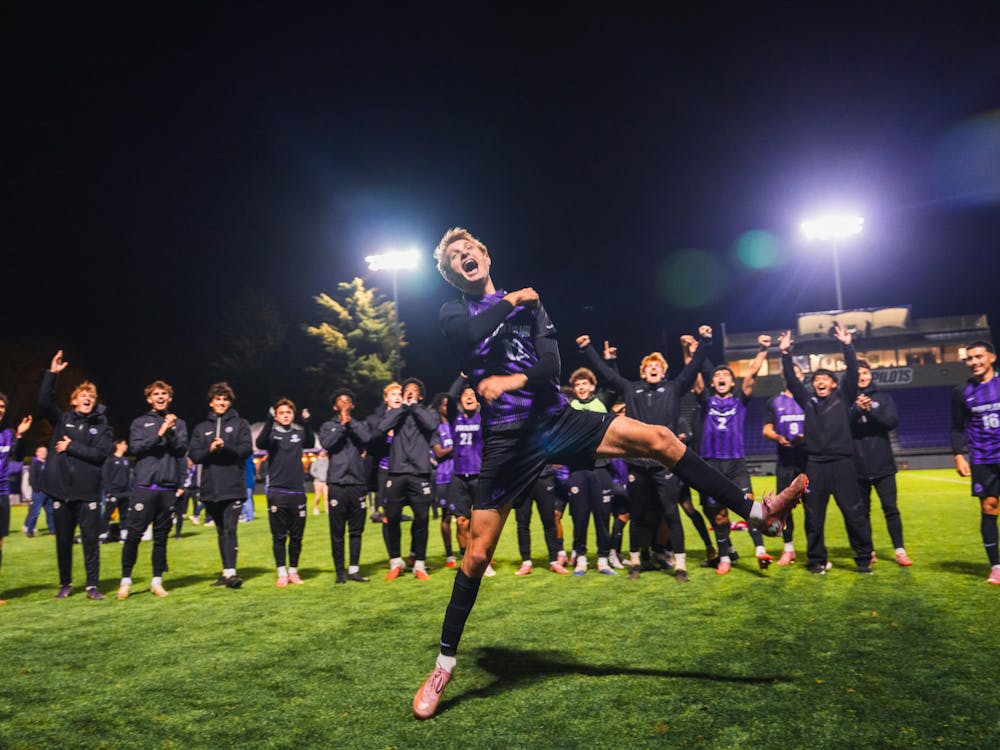With the 2023-24 academic year in full swing, UP is offering two new majors and two new minors to the university’s curriculum: arts administration and biochemistry, the majors, along with exercise science and medical Spanish, the minors.
Each academic track intertwines concepts from related disciplines to not only attract current UP students, but to also appeal to prospective students interested in the unique focuses. In pursuing the studies, many students will also gain practical experience through internships and capstone experiences directly related to the fields.
Arts administration
The arts administration major ties together the fields of music, theater and business to allow for students to excel in the arts while learning essential business and administrative skills in arts organizations.
Beyond the standard university core courses and those required within the College of Arts and Sciences, students enroll in additional courses that focus on either music or theater, depending on their chosen track. Regardless, about half of the required credit hours for either track also focus on business and arts administration.
While many universities on the East Coast offer arts administration degrees, the opportunity is less widely found on the West Coast, according to assistant professor in music Rebekah Hanson. For a city like Portland that has a heavy concentration on the arts, the degree ideally opens doors for students to get connected locally both during their internship experience, as part of the degree’s requirements, and after graduation.
“[The degree] gives people who love music or the arts a way to get involved in the business end so that if they get a job with the Portland Opera or the [Portland] Art Museum or the [Oregon] Symphony, they have practical experience having worked in marketing or personnel stuff ahead of time,” Hanson said.
The opportunity to teach courses within the major also resonates with Hanson given her background and realization of how vital the skills are to the industry.
“I was taught to be a musician and how to perform and teach, but not how to do the business stuff,” Hanson said. “I really wanted students to have that experience because I didn’t get it. I think that’s kind of the experience for many music and theater people.”
Biochemistry
The biochemistry major connects the popular biology and chemistry majors while providing two routes for students to decide upon pursuing. While all students within the major take the common chemistry, math and physics requirements, they then opt to either take 14 additional credit hours for the standard biochemistry degree or 17 credit hours for the American Chemical Society (ACS) certified biochemistry degree.
In choosing the biochemistry major, students will take a full year of biochemistry lecture. If a student is not in the ACS track, they also take one biochemistry lab. If they are, however, they take two semesters of biochemistry lab.
Students, particularly underclassmen, have time to decide whether they want to pursue the biochemistry major or stay within a traditional chemistry degree route. This is because the majority of classes between the two majors overlap during the first two years of study. The biology major also shares some preliminary coursework.
Associate professor Rachel Hutcheson, who is the chair of the chemistry and biochemistry department, appreciates that although biochemistry courses have been taught at UP, the discipline is getting its own title as a new major.
“I’m mostly excited for it to be more front-facing and for students to hear about it as a major because often, if they know biochemistry is a major, they’ll know that we offer biochemistry courses,” Hutcheson said. “Even if people aren’t majoring in biochemistry, maybe we have more people taking courses.”
Exercise science
The exercise science minor, directed by biology professor Terry Favero, embodies the fundamentals of multiple disciplines in the science of human movement. Additionally, given that UP offers pre-med and pre-health sciences programs along with its nursing program, Favero believes the minor will align well with the interests of students, especially with the health and wellness industry being on the rise.
“I did a survey with a bunch of students, like 250, that were in pre-healthcare areas — psychology, biology, nursing, integrative health and wellness — and inquired if they were interested in [the exercise science minor],” Favero said. “About 90% of them said, ‘Yes, I would take that if I can fit it in my schedule.’”
The bulk of the credits toward the minor are devoted to anatomy and physiology coursework and labs. Beyond this, a kinesiology and functional anatomy course is offered along with a variety of elective options to choose from (with many still being developed for next year). A maximum of three credit hours may overlap from a student's major.
A one credit internship or research opportunity is also weaved into the curriculum towards the required 15 credits. Favero sees this component as a way for students to connect with people in the field, whether that be through athletics programs at UP or with other local connections.
Medical Spanish
The medical Spanish minor offers students an opportunity to both practice and utilize intermediate to high-level Spanish-speaking skills while also gaining a better understanding of the structure of a medical setting.
Professor Katya Hall, a co-director for the program, believes the minor will assist students in developing a cultural awareness that is essential for the communities they might serve. She wants to see students interact with others in an increasingly globalized world.
Beyond Spanish speaking skills, Hall also stresses other factors such as medical interpretation. Additionally, an individual in a global medical setting must be able to connect with their patient personally by understanding their perspectives and background, which is why Hall highlights the cultural aspect of the minor.
The minor is not just designed for Spanish majors and minors, either. One of the goals of the program is to connect with other departments across UP to build an interdisciplinary curriculum. Hall has talked with the schools of nursing and business, for example, to emphasize how the work done within the minor courses can be cross-disciplinary, thereby increasing student development.
Although there are many minors such as this offered on the East Coast, Hall noted that there are relatively few opportunities in the Pacific Northwest, highlighting the value in offering such a program.
Michael Lang is a member of the editorial board at The Beacon. He can be reached at langm24@up.edu.
Amelie Lavallee contributed to this story. She can be reached at lavallee25@up.edu.








